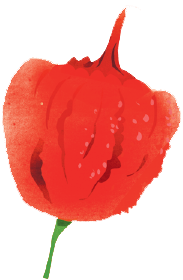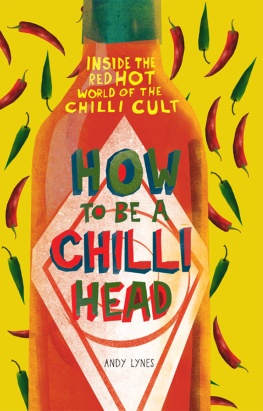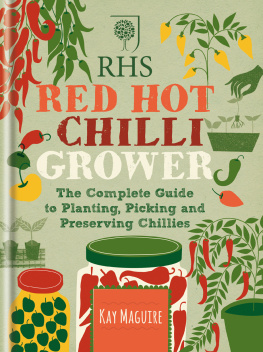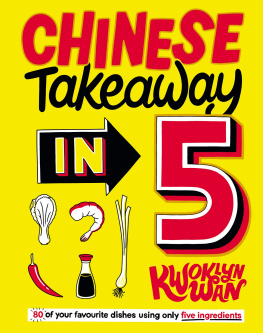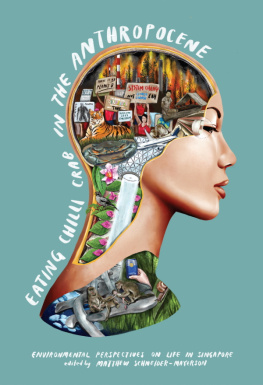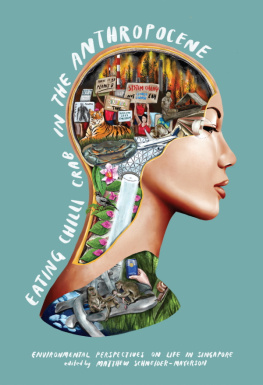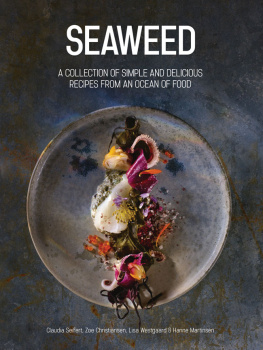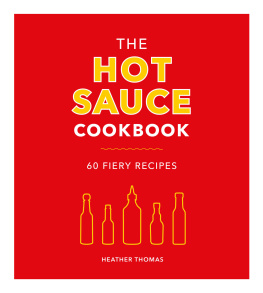HOW TO BE A
CHILLI HEAD

HOW TO BE A
CHILLI HEAD
INSIDE THE RED-HOT WORLD OF THE CHILLI CULT
BY
ANDY LYNES

CONTENTS
WELCOME TO THE WORLD OF THE CHILLI HEAD
They say some like it hot. These days, when it comes to food, you can replace some with just about everyone. The world has gone chilli crazy, from the dazzling array of bottled sauces on the supermarket shelves to piri piri chicken and burritos in high street restaurants.
However, no one likes it hotter than Chilli Heads, that passionate and quite possibly deranged band of heat-seeking chilli-philes who wont look at a bottle of sauce unless it has a skull and crossbones and the words approach with caution on it, and dont get out of bed for less than five figures in Scoville units.
But what does it take to become a Chilli Head? What exactly do they do, what sets them apart from the rest of the chilli-loving world, and where do they live? This book sets out to answer all these questions and more.

How To Be A Chilli Head takes you inside the red hot chilli cult and tells you everything you need to know about how to grow chillies, how to form your own Chilli Head club, where the best chilli festivals in the world are, how to market your own sauce and launch your own Chilli Head internet channel.
Being a Chilli Head makes you part of a worldwide movement of people. A strange worldwide movement, admittedly, but one that knows how to push the boundaries and have The Most Fun while doing it. So, Chilli Heads of the world, its getting hot in here, lets take off all our clothes... (no, hold on, thats a whole different book). Chilli Heads, for those about to feel the burn, we salute you!
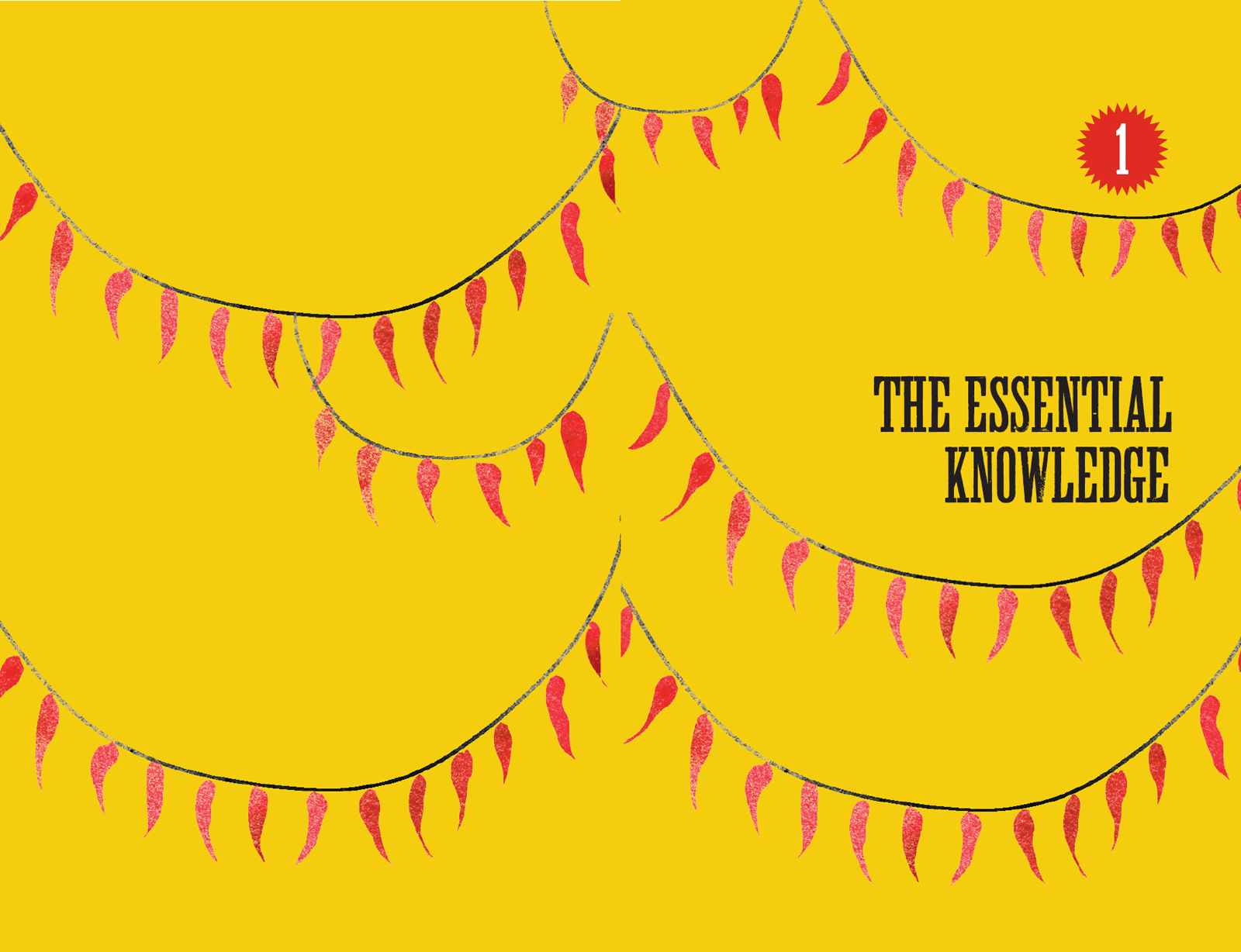
CULT OF THE CHILLI HEAD
(OR, HOW THE HUMBLE CHILLI BECAME A FOOD-WORLD SUPERSTAR)
Rock stars have their groupies, film stars have their fans but fruit just has its consumers. Except for chillies, that is (yes, chillies are a fruit, actually berries, and not a vegetable because they contain seeds). Chilli Heads are more committed than the most fervent Belieber, more devoted than one of Lady Gagas Little Monsters and more insane than a Tom Cruise stalker. Well, no ones that crazy, but you get the idea.
Although chillies have been cultivated and appreciated for thousands of years, the cult of the Chilli Head is a modern phenomenon. The origins of the term Chilli Head have been obscured by history, but it was most likely coined sometime after 1946, when the Chili (US spelling!) Appreciation Society (now the Chili Appreciation Society International) was formed in Dallas to improve the quality of chilli in restaurants and broadcast Texas-style recipes all over the earth. Founder George Haddaway was referred to as Chief Chili Head in the press and, as the society grew in America and around the world, the name stuck.
Back then, George and his chums were mostly concerned with making sure people cooked chilli con carne the Texas way, but now being a Chilli Head is a much more complex affair. Its not just about the food on the plate but the culture thats grown up around the planets most thrilling fruit. (Ever got excited about an apple? Didnt think so).
The Chilli Head phenomenon is really only found in cultures where hot food doesnt form the mainstay of the cuisine, mostly concentrated in Europe, North America and Australia. Chillies are so central to the cuisines of Thailand, Malaysia, Mexico, China and India, for example, that to single out part of the population as Chilli Heads would be nonsensical.
Modern Chilli Head culture can be traced back to events in America in the late 1980s, including the opening of Le Saucier in Boston, Massachusetts, the first ever chilli sauce store, the creation of the super-hot Blairs Death Sauce and in 1994, the cultivation of the Red Savina, the first super-hot fresh chilli.
The shared love of fiery foods in real life at festivals and conventions, and later online in forums and via video reviews, has fuelled the growth of the cult exponentially. Chillies now take their place alongside a very select band of foods, such as caviar, white truffles and Wagyu beef, that are capable of creating genuine excitement. But, unlike those other gourmet items, you dont have to be a millionaire to appreciate them. Thats really something worth getting hot under the collar about.
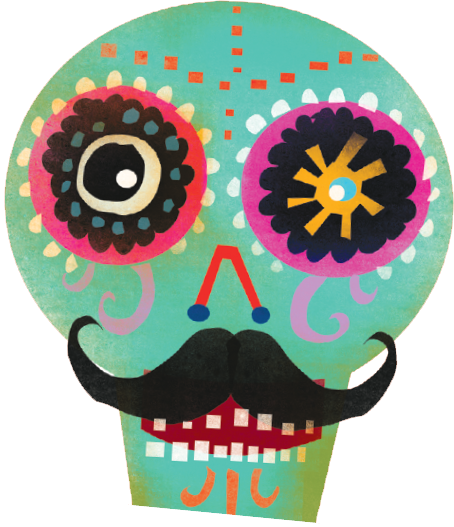
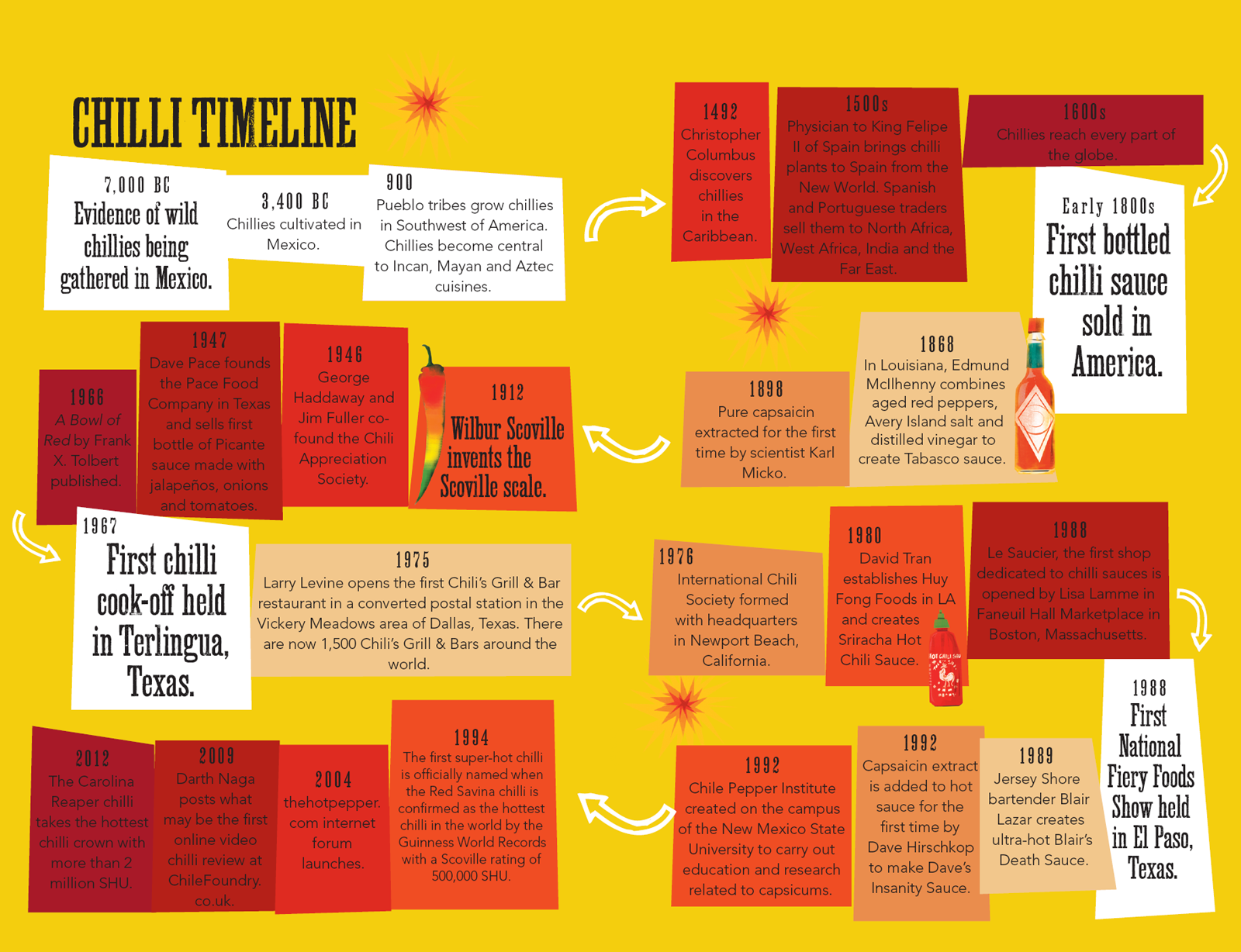
SOME LIKE IT HOT
DECODING THE SCOVILLE SCALE
Chilli is unique in the fruit world for having its very own system of measurement. How cool is that? The Scoville Scale was invented in 1912 by American chemist Wilbur Scoville specifically to measure a chillis spicy heat (or pungency, as the men in white coats call it).
Although dear Wilbur was a top-flight scientist with some serious credentials, the Scoville scale is based on what now looks like pretty shaky methodology. Basically, the Scoville organoleptic test involves taking a precise amount of dried chilli thats been dissolved in alcohol to extract the heat-giving capsaicin chemical compound, diluting it in sugar-water. The chilli that needs the most amount of water before your chums can no longer taste it is the winner.
The degree of dilution is then measured in Scoville units (SHU). So, a red pepper that youd slice up for your salad rates zero on the scale because it contains no capsaicin so doesnt have to be diluted at all, but a Bhut Jolokia has to be diluted a million times thats about 50 litres (88 pints) of water to one drop of the dissolved chilli before its undetectable. Therefore it gets a rating of 1,000,000 SHU.
This may all sound very scientific, but theres a problem. Everyones sense of taste is slightly different, plus you can build up a resistance to the effects of capsaicin over the course of a tasting session. So even though this method uses a panel of five trained tasters, results can differ by as much as 50 per cent from lab to lab.
If youre thinking, Its a hundred years later, couldnt we come up with something better? then youre right. High Performance Liquid Chromatography (HPLC) cuts out human error and replaces it with boxes, switches, tubes and reinforced steel columns. By pumping a liquid sample of the chilli through a specially lined steel column, scientists can measure exactly the amount of capsaicin present, which is expressed in American Spice Trade Association (ASTA) Pungency Units. Nevertheless, everyone still uses Wilburs scale, so the ASTA units are multiplied by 15 to get the Scoville equivalent.
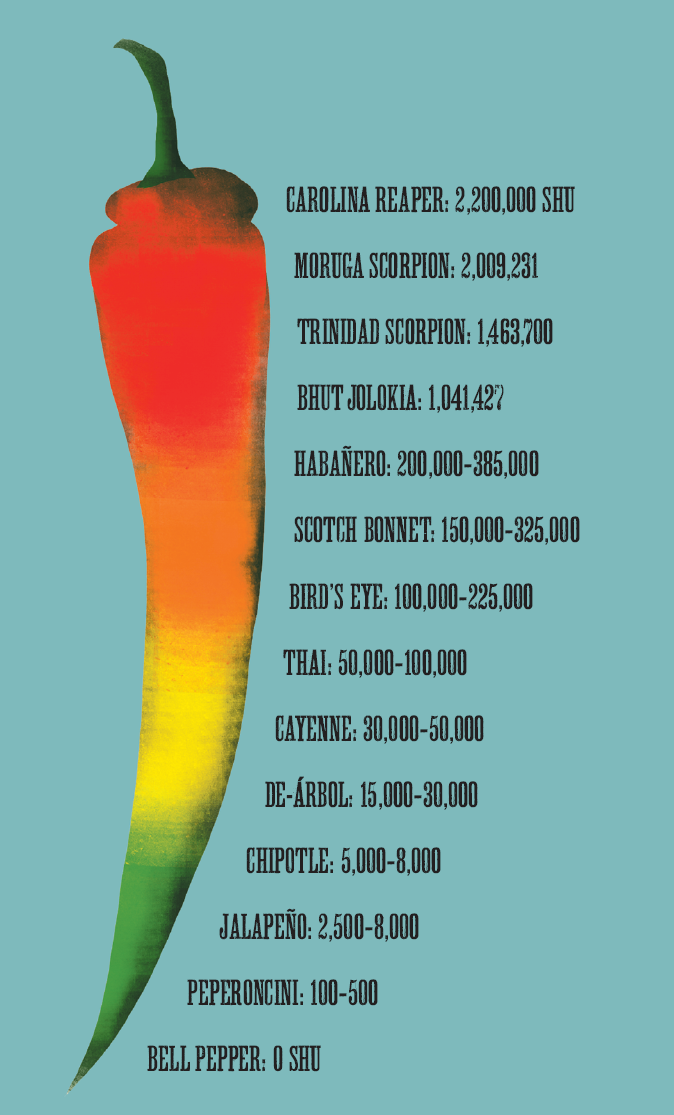
THE 10 HOTTEST CHILLIES IN THE WORLD
